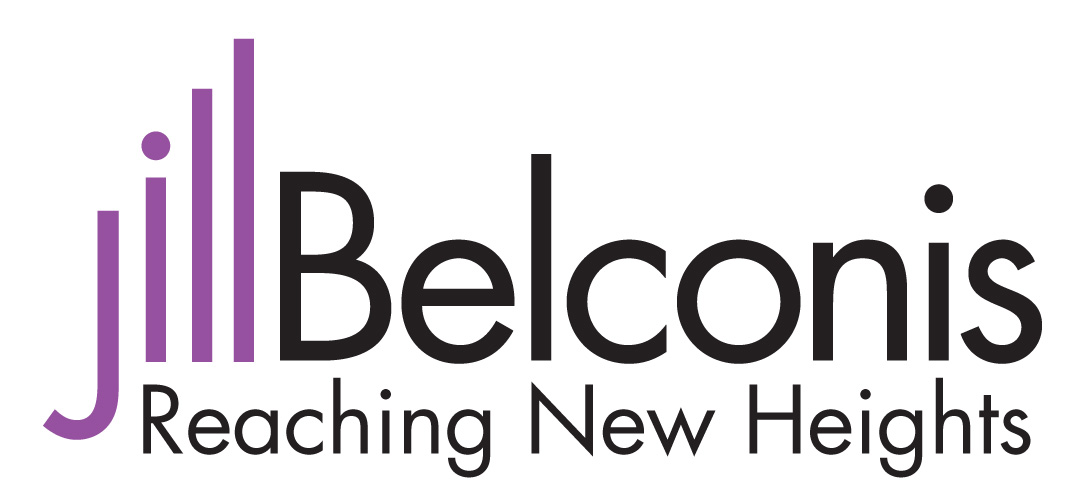As a strategic business coach, I've seen firsthand how recurring hassles can cripple an organization. They drain productivity, frustrate employees, and drive customers away. Let’s dive into six powerful problem-solving guidelines from Verne Harnish's "Start to Scale" that can help you de-hassle your organization and turn feedback into positive change.
These guidelines are particularly useful when dealing with customer and employee feedback, as they provide a structured approach to identifying and addressing the root causes of issues.
Relevancy: Is This Hassle Worth Solving?
Not all problems are created equal. Before you jump into firefighting mode, ask yourself: Does this issue really matter? Is it impacting customers or employees significantly? Focus on the hassles that are causing the most pain, the ones that are costing time, money, or reputation. Look for patterns in the feedback you receive. A single complaint might be an outlier, but a recurring theme points to a systemic issue that needs attention.
Be Specific: Ditch the Generalities
Vague complaints like "communication problems" or "constant interruptions" are useless. You can't fix what you can't define. Drill down into the specifics. Who is involved? What exactly happened? When did it occur? Where? How did it happen? Why is it a problem? Push for details in staff meetings and when gathering feedback. Avoid using words like "always" or "never," as these often mask underlying nuances.
Address the Root: Go Beyond the Symptoms
A quick fix is rarely a lasting solution. Let's say customer feedback reveals long wait times. Simply adding more staff might alleviate the symptom, but the root cause could be an inefficient process or outdated technology. Use the "5 Whys" technique to dig deeper. Ask "why" repeatedly until you uncover the fundamental issue. Addressing the root cause prevents the problem from resurfacing and creates a more sustainable solution.
Focus on the What, Not the Who: Avoid the Blame Game
Problem-solving shouldn't turn into a witch hunt. In most cases, issues stem from flawed processes, not bad people. Focus on what went wrong, not who is to blame. This fosters a culture of learning and improvement, rather than fear and defensiveness. However, if the "whats" consistently point to the same "who," it might be a performance issue that needs to be addressed separately. Even then, ask "What did we do wrong that contributed to this situation?" Perhaps your hiring or training process needs improvement.
Involve All Those Affected: Get Everyone in the Room
Don't rely on fragmented information. Bring everyone involved together to discuss the issue. This provides a more complete picture of the problem and helps prevent suboptimization, where fixing a problem in one area creates new problems elsewhere. Collective problem-solving also fosters buy-in and ownership of the solution.
Never Backstab: Address Issues Directly
Talking negatively about someone behind their back erodes trust and creates a toxic work environment. The only exception is seeking advice before confronting the individual, but even then, bring the person into the conversation as soon as possible. Direct, respectful communication is crucial for resolving conflict and building strong relationships. When people feel safe to speak openly, they're more likely to follow the other five guidelines, leading to more effective problem-solving.
By implementing these six guidelines, you can transform customer and employee feedback from a source of frustration into a catalyst for positive change. You'll not only solve immediate problems, leading to happier customers and more engaged employees, but also build a more resilient and responsive organization, one that's better equipped to handle future challenges and continuously improve. This is your opportunity to create a truly exceptional organization – start de-hassling today!


